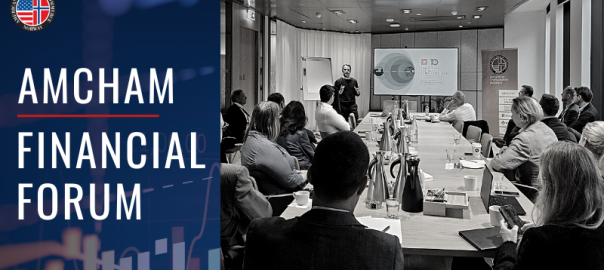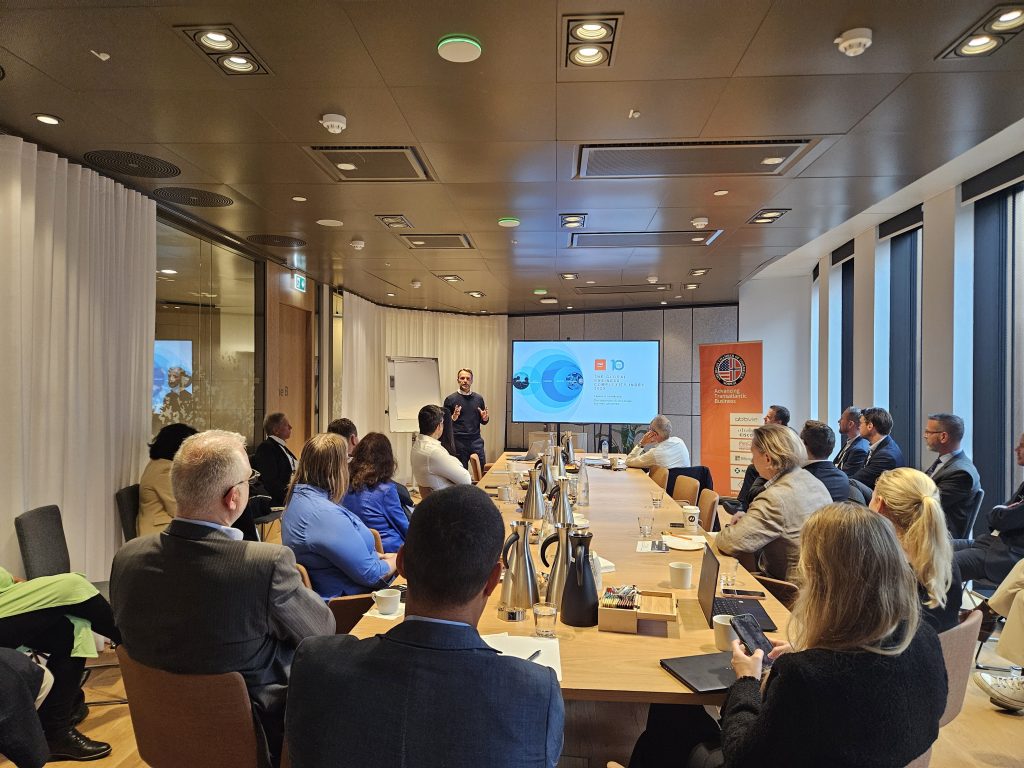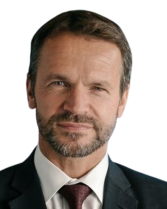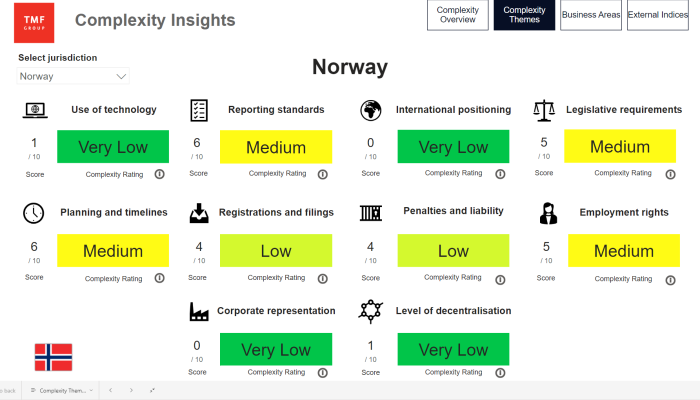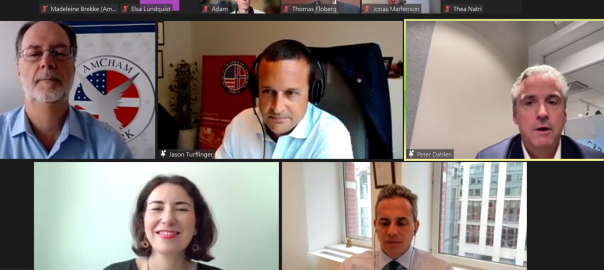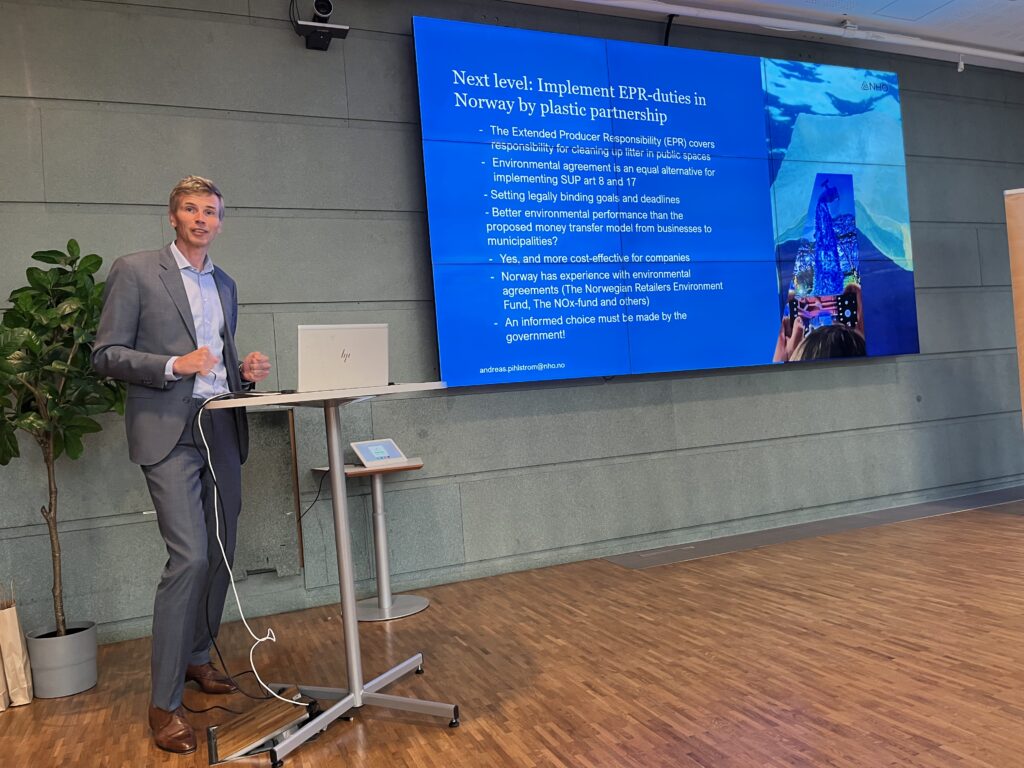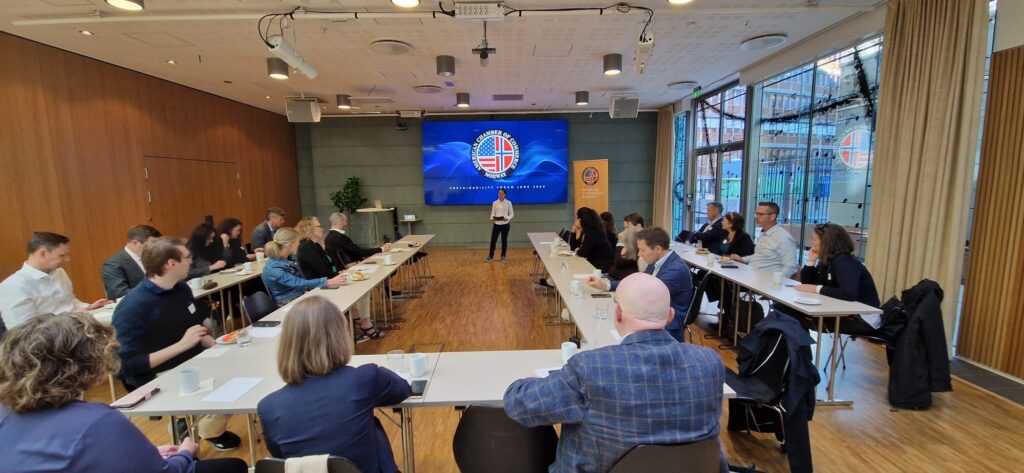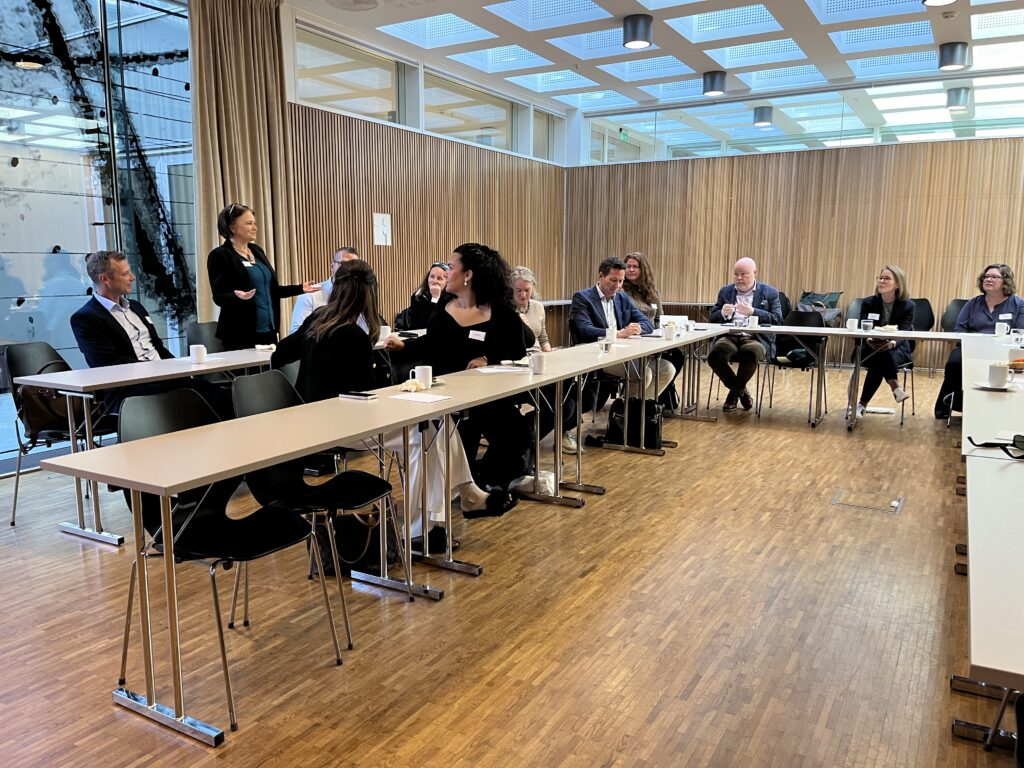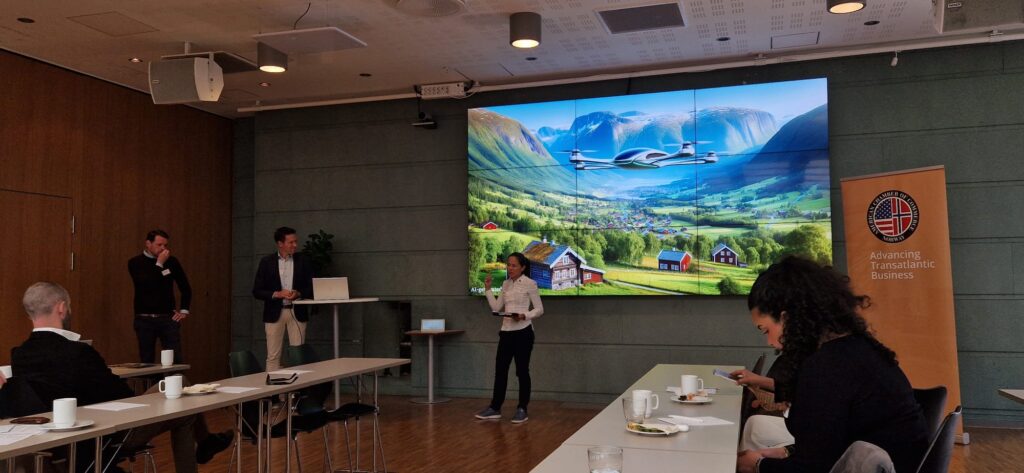- China retains its place at the top of the EV Country Readiness Index, remaining dominant in production and infrastructure
- The US rises from seventh to third following increases in production, regulation to stimulate demand and investment in battery manufacturing
- The UK remains fifth, behind Sweden in fourth
China has retained the pole position when it comes to progress toward an electric vehicle (EV) future, according to the latest EY Electric Vehicle Country Readiness Index. The Index looks at the preparedness of the top 20 vehicle markets for the arrival of EVs based on supply, demand and regulation. Norway remains in second place for the second year running, while the US, Sweden and the UK round out the top five.
Battery manufacturing and supply chain control remain key drivers for China leading the way, with China accounting for 74% of investment in battery manufacturing in 2022. Backed by soaring consumer demand – 58% of Chinese consumer respondents expect to buy an EV as their next vehicle, compared to the average of 41% across other markets – and investment in its charging infrastructure, China continues to lead the way on EVs, representing the largest EV market globally in absolute volume terms.
Norway, an early adopter of EVs, remains steady at number two in the ranking as the country’s EV adoption rate rises to 81%, the highest in the world. This owes to continued generous EV incentives and relatively high GDP per capita, meaning EVs are more affordable. In Norway, 83% of vehicles launched between 2022 and 2027 will be EVs, the highest in the world. Meanwhile, the US, Germany and Sweden retain their strengths in manufacturing, investment and consumer uptake.
Randy Miller, EY Global Advanced Manufacturing & Mobility Leader, says: “China and Norway have demonstrated that a potent mix of regulation to stimulate demand, combined with localized battery production and implementation of a robust infrastructure plan are critical factors in helping countries successfully transition to EVs. Now that demand is at sufficient levels in most of the countries in this study, it is up to OEMs and government to accelerate their efforts to expand EV production, investment and incentives.”
EVs making inroads in the US market
The US has risen sharply in the ranking, from seventh to third. Business has been a key driver of this rise with new innovations in car models and investment in battery manufacturing providing a greater supply and variety of EVs to the US market. This, combined with the greater affordability resulting from streamlined production and greater supply, has caused consumer demand to rise steadily. These significant steps forward by businesses have been backed up by government regulation. For example, the Inflation Reduction Act has introduced a federal tax credit of up to $7,500 for EVs assembled locally and purchased from December 2022 to January 2033. The US now accounts for 11% of EV production globally, behind only China which accounts for 55%.
Miller says: “The US is rapidly rising through the rankings due to businesses innovation and investment in EVs and the manufacturing capability to support them. This has in turn increased consumer choice and made EVs more affordable and more attractive options for consumers. This business-first approach has also been backed by friendly government regulation, providing a holistic approach which is preparing the US for the electric future.”
Read full article

